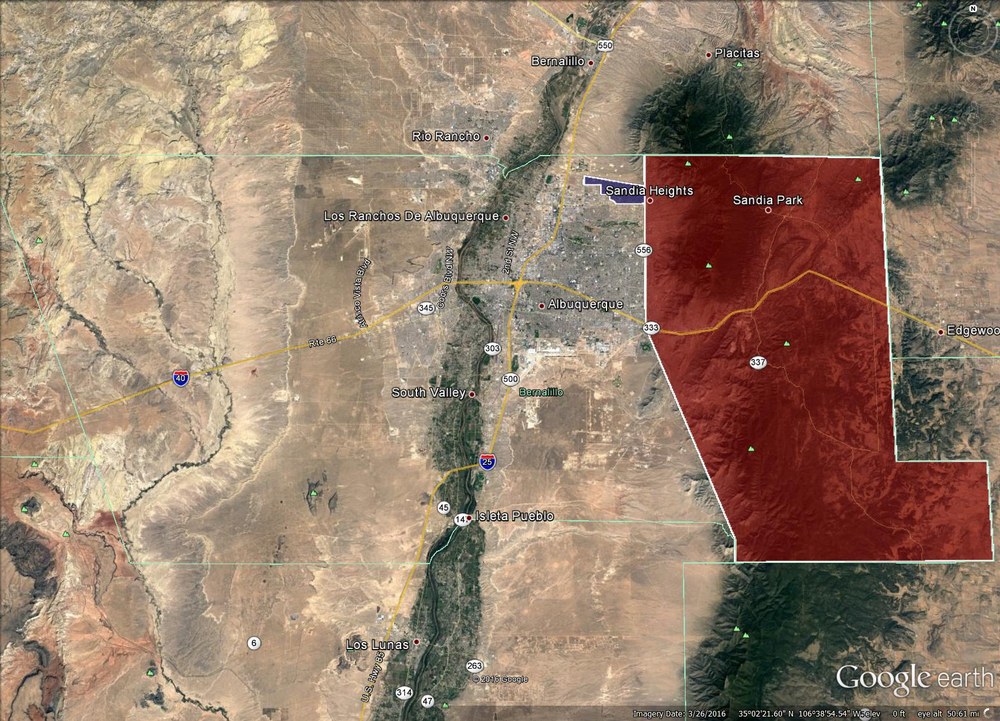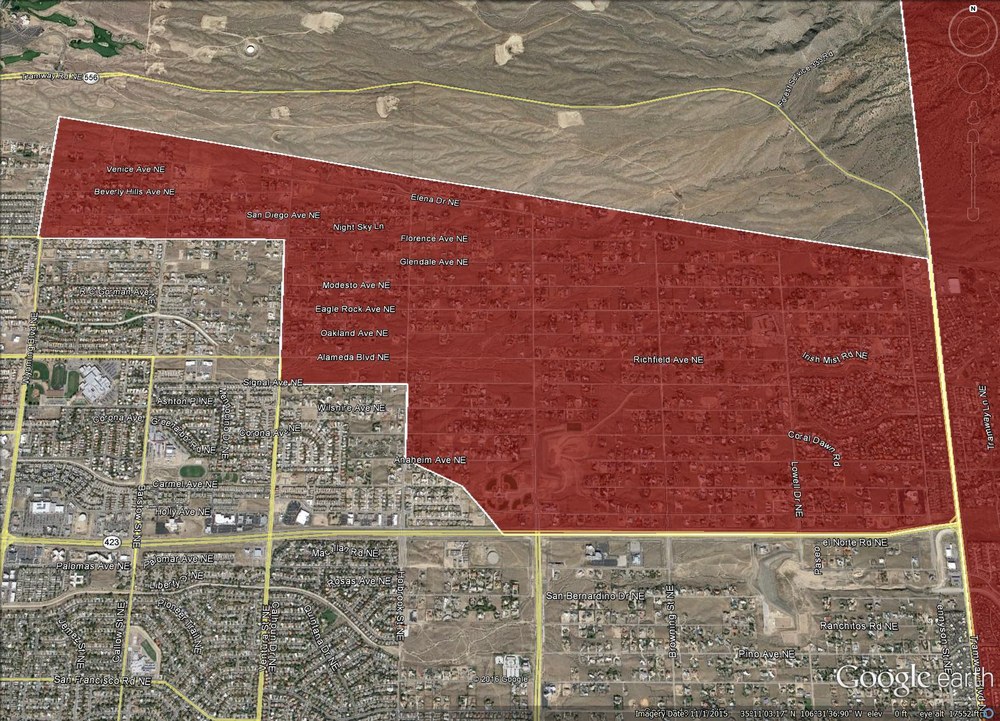Plague
Plague is a bacterial disease of rodents (and sometimes rabbits) that is transmitted from rodent to rodent through the bites of infected fleas.
Plague
Plague is a naturally-occurring, flea-transmitted disease of rodents and rabbits caused by the bacterium Yersinia pestis. Infected rodents usually die, leaving plague-infected fleas which then find new animal or human hosts.
About half of U.S. cases each year occur in New Mexico. In Bernalillo County, cases have been reported from the East Mountains communities, the Western Sandia Foothills, and the North Albuquerque Acres area.
If you have had contact with an animal and start to show the symptoms listed below, you should seek medical attention immediately. Plague is curable in both humans and pets if promptly diagnosed and treated with antibiotics.
Reporting a Disease Concern
Call 311 to report rodents which have died with no apparent trauma along the western foothills, the the East Mountains communities, and North Albuquerque Acres. The Urban Biology Division will contact you to arrange pick up and testing of the animal.
The New Mexico Department of Health is notified when a domestic animal or human is diagnosed with plague. If in Bernalillo county, you will be contacted by the City of Albuquerque and a request will be placed to perform an environmental assessment. We may request permission to trap for rodent on your property, or monitor for flea activity.
Transmission
- Plague is primarily spread through the bite of an infected flea
- When people or pets visit areas where an animal has recently died of plague they are at risk of being bitten by fleas looking for a new host
- Animals who are allowed to roam will often sniff burrows, pick up fleas, and bring them back into the home
- Contact with contaminated fluid or tissue.
- Hunters who skin animals without proper protective clothing.
- Scratch or bite from an infected pet
- Infectious droplets.
- When pneumonic infection develops; the bacteria can be spread through the cough of the infected individual.
- The only way plague can be spread from person to person
Clinical Forms of Plague & Symptoms
Plague infection may produce the following clinical forms and associated symptoms.
All three forms are caused by the same bacteria. The forms are used to describe the course of the infection in the human body. The only form that can be spread person to person is the Pneumonic form. Plague is treatable with antibiotics.
- Bubonic plague - This is generally the most common form and is acquired through the bites of infected fleas or by direct contact with infected tissues.
- Symptoms appear after a two to six day incubation period and include a rapid onset of high fever, swollen lymph nodes in the neck, armpit or groin areas, headache, and fatigue.
- Septicemic plague - If Bubonic plague is untreated the disease can progress to Septicemic Plague which is a toxic poisoning of the blood stream. Some patients, usually teenagers, may start with the Septicemic form of plague due to flea bites or direct contact with infected tissues and have no swollen lymph nodes.
- Symptoms include high fever, lethargy, and mental confusion.
- Pneumonic plague - If Bubonic or Septicemic plague are untreated the disease may progress to Pneumonic plague. In this form the plague bacteria invade the lung tissue. Humans may also acquire Pneumonic plague by inhaling infective droplets from another Pneumonic patient or cat.
- Symptoms include lung congestion, difficulty in breathing, high fever, chest pain and coughing with bloody discharge. This is the only form that is transmittable from person to person.
Animals of Concern
The plague bacteria are maintained in nature by wild rodents; however, more than 200 species can become infected.
- Rodents (e.g., rock Squirrels, prairie dogs, pack rats, chipmunks, mice)
- Rodents will typically die from infection
- Rabbits
- Wild carnivores (e.g., coyotes, bobcats, bears)
- Domesticated animals (e.g., cats, dogs)
- Cats are particularly susceptible to plague and commonly develop the pneumonic form
Prevention
- Reduce rodent habitat
- Keep piles of wood off of the ground
- Clean up clutter from your property (e.g., brush piles, rock piles)
- Keep pet and livestock food sealed
- Make your home and sheds as rodent-proof as possible
- Handle dead animals safely
- If skinning a hunt; wear gloves and be cautious of fleas
- Dead animals should be carefully double bagged and sealed
- Wear long sleeves and long pants
- Apply insect repellant containing DEET
- You should never fling a dead animal with a shovel
- Report dead animals to 311 for testing (we will only test from specified locations with animals that have no trauma)
- Protect your animals by using proper flea control products. If your pet becomes sick, seek veterinarian care as soon as possible.
- Do not allow domesticated animals to roam and hunt freely
- Do not allow animals who are allowed to roam and hunt to sleep with people.
Current Area Where the Environmental Health Department Tests for Disease

Plague Monitoring Area in North Albuquerque Acres

